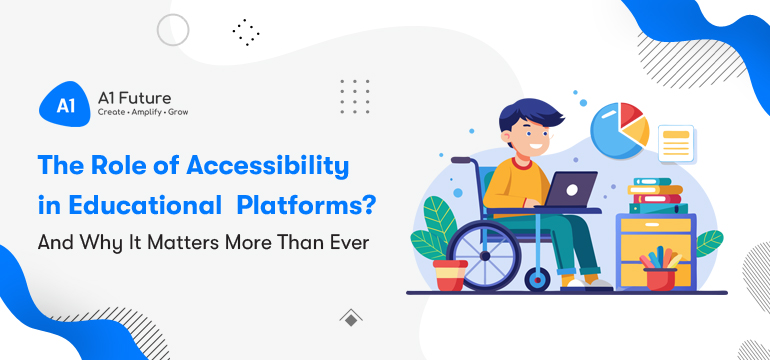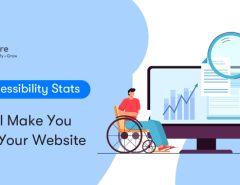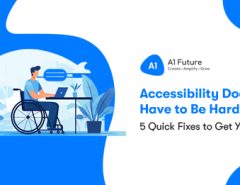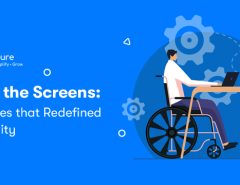And Why It Matters More Than Ever
Let’s set the stage: Imagine you’re handed a shiny new textbook. It’s packed with all the answers you need to ace life—but, surprise! The pages are glued shut. Frustrating, right? Now, think of the digital equivalent: an Online Education Platform filled with resources, videos, and quizzes that millions of students can’t access.
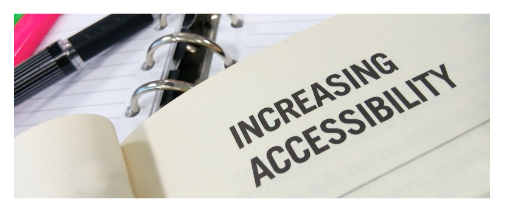
That’s the reality for students with various disabilities around the globe. And while the world has gone digital, Education should never leave anyone behind. Classrooms—virtual or otherwise—are for everyone. So, why is Accessibility in Education platforms such a big deal?
Let’s break it down, one story at a time.
Harvard and MIT: Even Geniuses Get It Wrong
Buckle up for the Accessibility showdown that made headlines and changed the game forever:
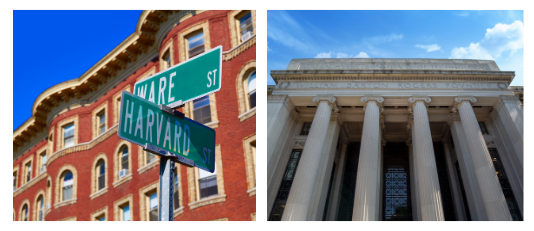
National Association of the Deaf (NAD) vs. Harvard and MIT.
Harvard and MIT, the crème de la crème of education, released free online courses—amazing, right? Not for Deaf students. With no captions or transcripts, these resources were practically useless for millions. Yes, you read that right. Two of the world’s smartest institutions forgot that not everyone can rely on sound to learn.
In 2015, The National Association of the Deaf (NAD) sued, claiming this violated the ADA and Section 504 of the Rehabilitation Act. Their argument? Free or not, online Education must be Accessible to all.
After years of legal wrangling, the institutions settled and agreed to make their content fully Accessible. Oh, and here’s the kicker: Harvard and MIT didn’t just have to add captions—they had to pay for legal fees and damages, too.
The result? A massive win for Accessibility that sent a loud, clear message to other Educational Organizations: If you’re putting stuff online, it better be usable by everyone.
Other Universities that Set the Bar
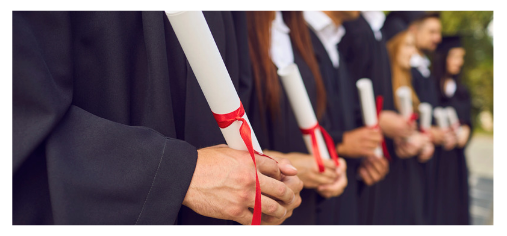
1) Gallaudet University: As a leader in education for the Deaf and those with Hearing Disabilities, their commitment to Inclusivity goes beyond compliance. Visual aids, sign language interpreters, and Accessible course materials make them a beacon of inclusion—and a model for others.
2) Florida State University: After being sued twice for Inaccessible materials, they revamped their approach, introducing Inclusive textbooks, Assistive technologies, and Comprehensive support services. It was a hard lesson, but it put them on the right track.
3) University of California: They added captions to videos, trained staff, and built a system to proactively address accessibility needs. The result? A user-friendly platform for all students and a reputation for being a pioneer in Education Accessibility.
The Department of Justice: 2024 Accessibility in Education Rule
The U.S. Department of Justice (DOJ) dropped a game-changer in June 2024: a New Rule aimed at removing Accessibility Barriers for the 7.5 million public school students with disabilities. Backed by Title II of the Americans with Disabilities Act (ADA), this rule mandates that State and Local governments make Online Content—including websites and mobile apps—Accessible.
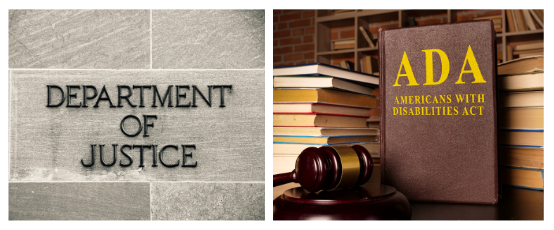
The goal? To remove barriers and ensure that students don’t have to ask for accessibility—it’s just there.
Depending on their size, schools have until April 2026 or April 2027 to comply with this rule.
Step 1: Map the Entire Student Journey
Schools should start by mapping out the entire student experience and identifying where lags in accessibility can exist.
Here’s what to look at:
- Promotional Materials: Are pre-admission emails, videos, and blog posts Accessible?
- Applications: Can students apply using Assistive Technology?
- Onboarding: Are Course Enrollments and Housing Applications user-friendly?
Step 2: Build a One-Stop Accessibility Center
Schools need a dedicated department to oversee Accessibility. Think of it as an accessibility SWAT team, ready to swoop in and ensure every student has what they need.
Pro Tip: This center should be proactive, solving problems before they arise—not reacting to complaints.
Step 3: Update to Accessible Tech
Discovering that your learning management system isn’t Inclusive is like realizing your car has no brakes. Now what?
You’ve got three choices:
- Ask the Provider to Fix It: If they’re willing, great!
- Replace the Tech: Costly but often necessary.
- Do Nothing: It’s not a real option.
Step 4: Look for Grants and Student Advocates
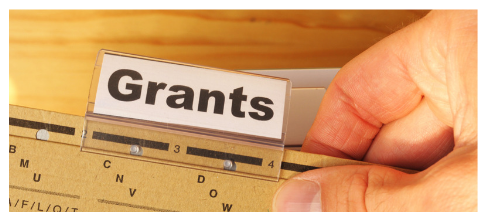
Accessibility doesn’t have to break the bank. Schools can tap into Grant opportunities to fund initiatives. Programs like The U.S. Department of Education’s Office of Special Education Programs (OSEP) can cover the cost of tools or educator training.
Train students to act as Accessibility Advocates. Their feedback can be a goldmine for spotting and fixing barriers.
Step 5: Call in the Experts: Accessibility Partners to the Rescue
The only thing worse than getting stuck is spending money on the wrong things. A good next step might be to hire a Third-party Accessibility Partner to come in and assist through strategy and services. Don’t know where to find one? Don’t worry we got you covered. The A1 Future Technologies team specialises in Accessibility.
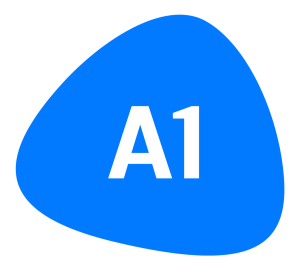
What we will do for you:
- Assess your strengths and weaknesses.
- Create a no-nonsense blueprint with clear action steps.
- Help you avoid wasting resources on the wrong fixes.
Conclusion
Education is supposed to be the great equalizer. But when Edu platforms aren’t Accessible, it’s like starting a 100-meter race with one shoe. Students with disabilities—whether they face visual, auditory, cognitive, or mobility challenges—often find themselves sidelined.
Altho when a student comes across an Edu site that actually cares about them, they feel included and tend to stick around.
The pandemic taught us one thing: Digital education is here to stay. But what good is a digital future if it leaves millions behind?
So, if you’re part of an education platform team, here’s the call to action: Make it Accessible. Make it Inclusive. Make it the kind of platform that changes lives.
Want to take your platform from good to groundbreaking? Reach out to us at A1 Future Technologies, and let’s build something extraordinary—together. 🌟

